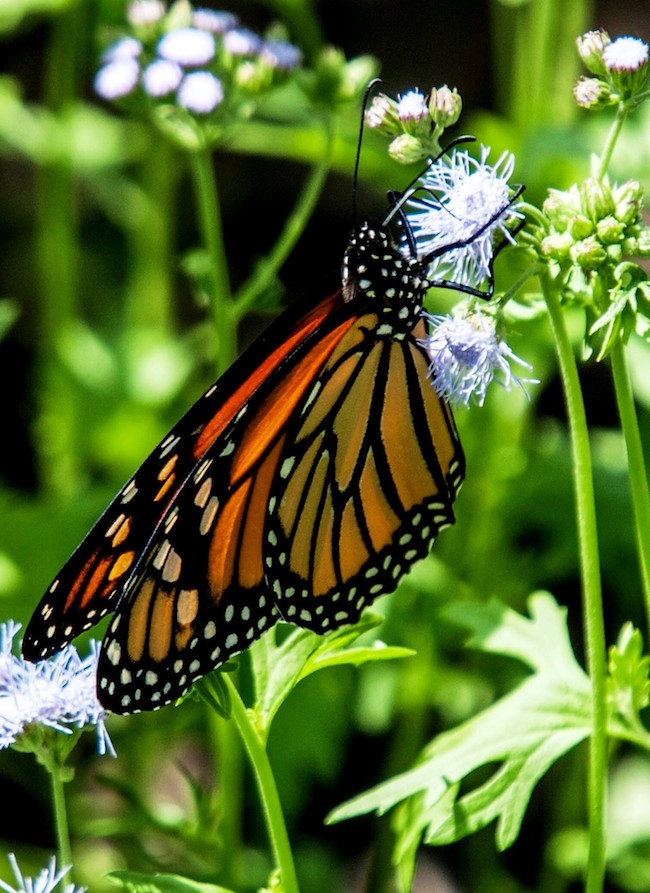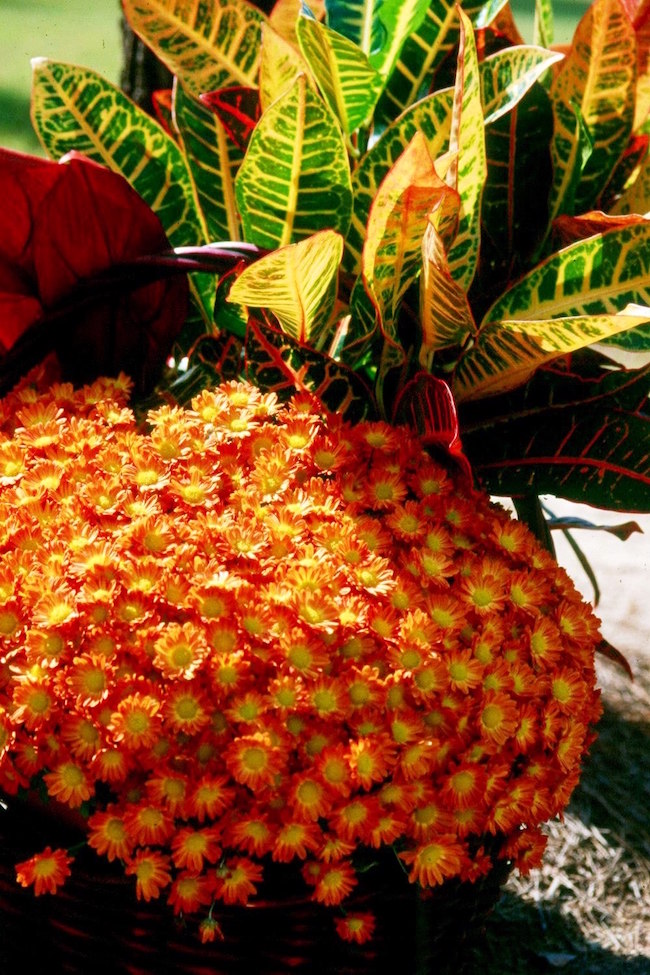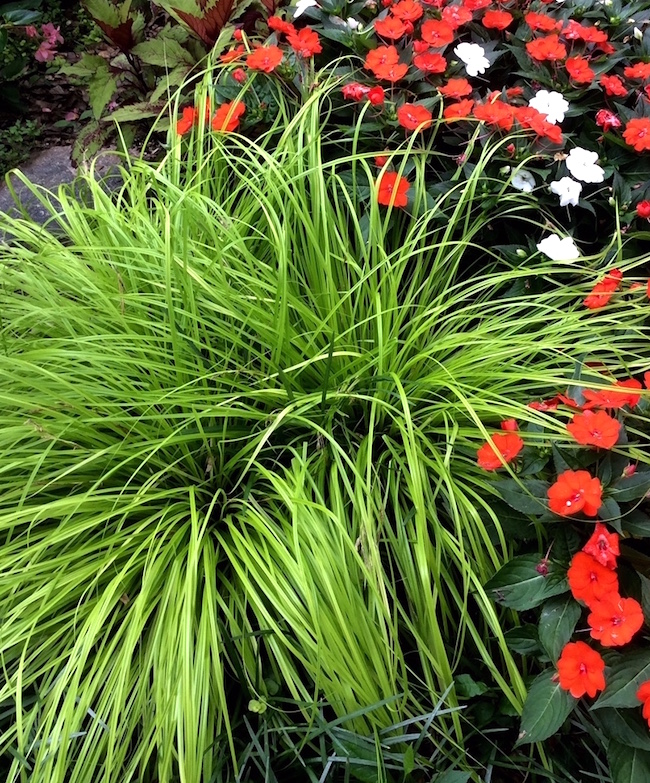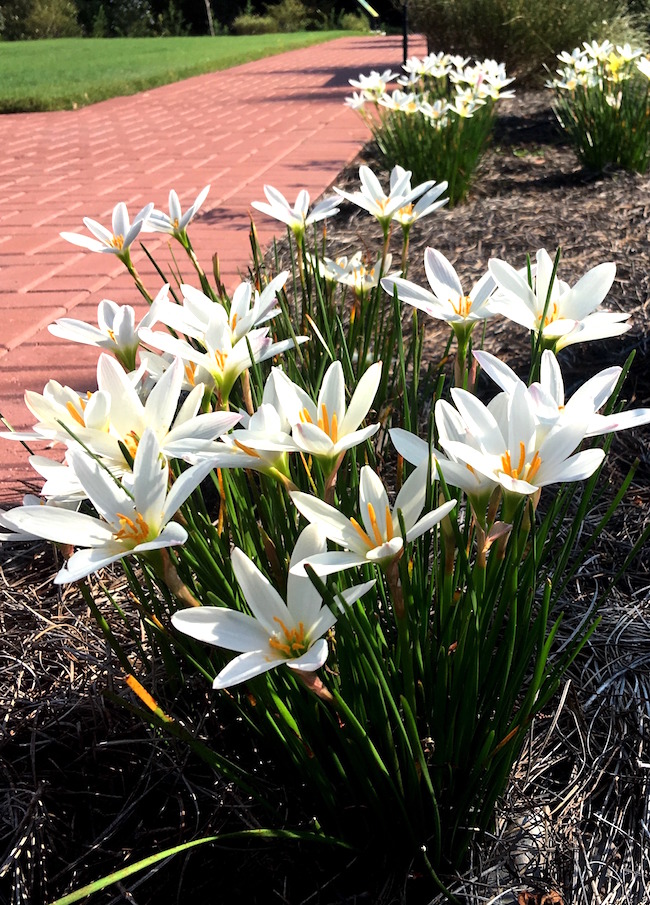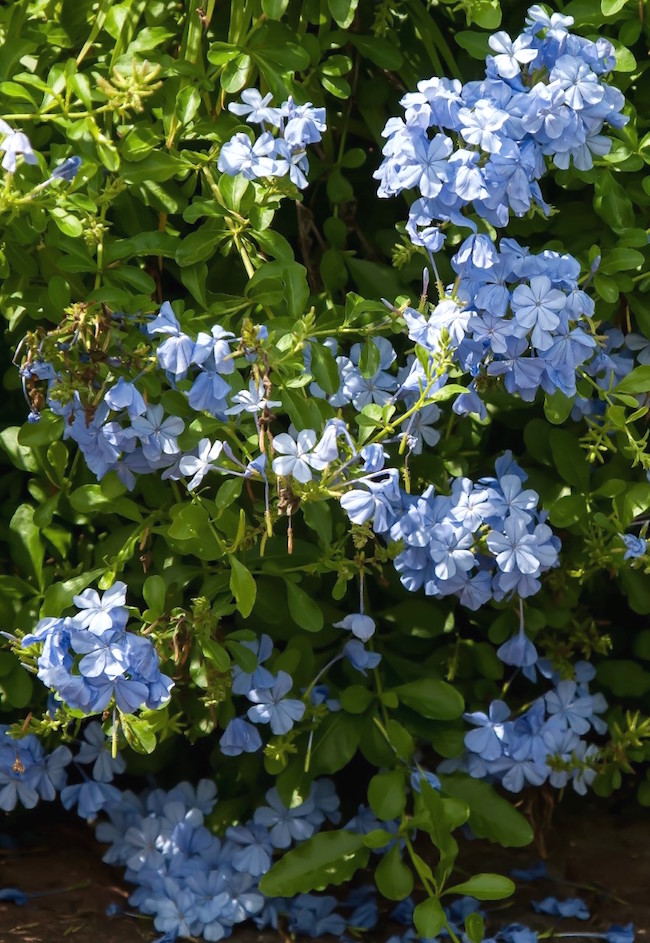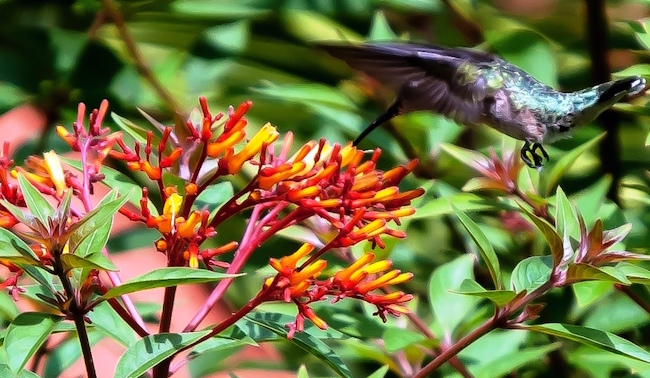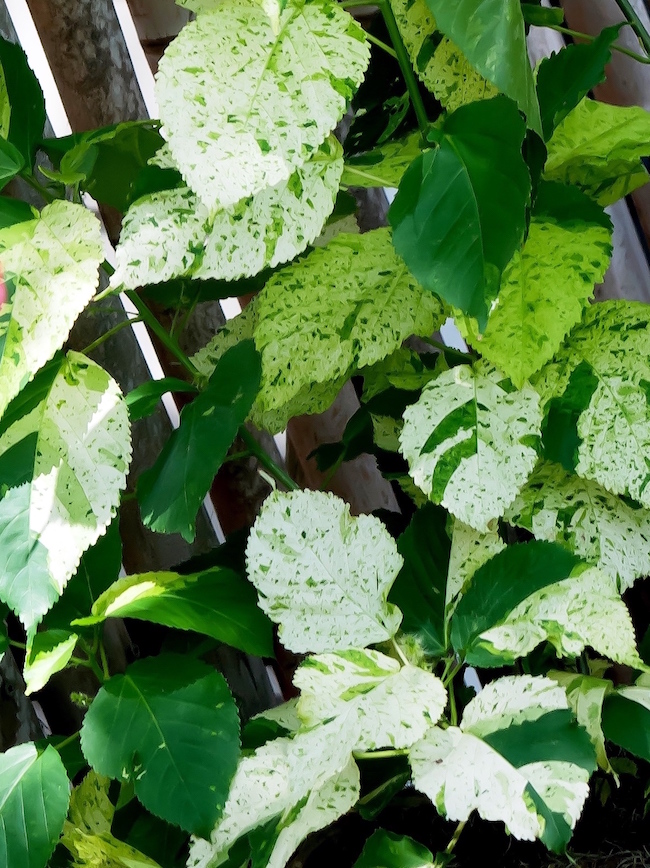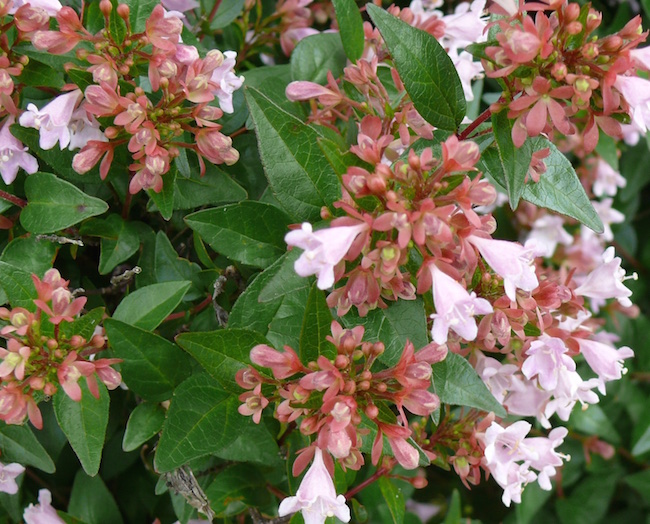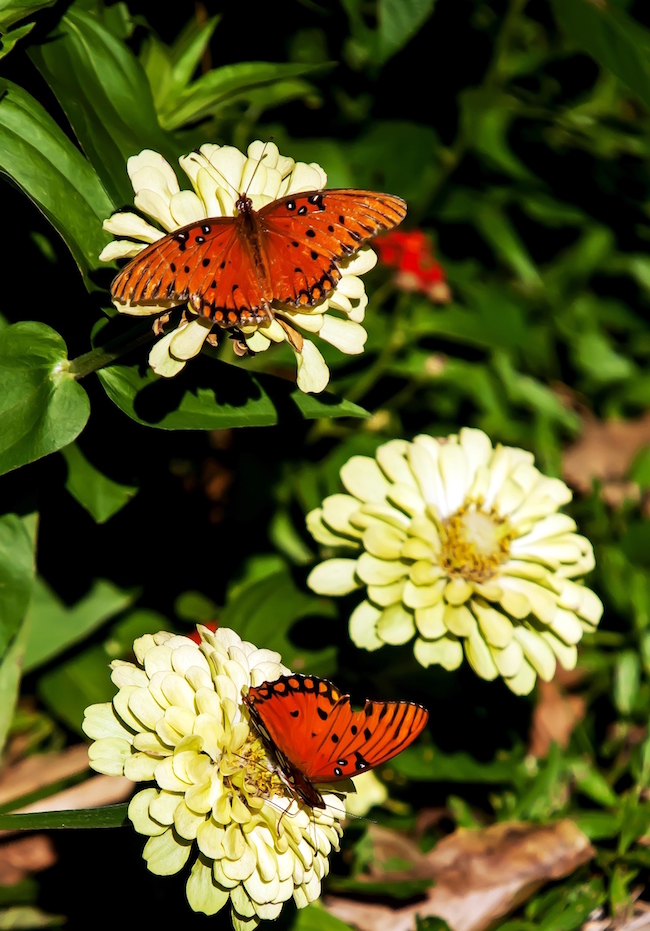 CAES News
CAES News
Floral Beauty
After a hurricane, you find beauty and pleasure in simple things. In my case, it is the old-fashioned zinnia. Now I say “old-fashioned” because we grew them from generic seed packets, so I don’t know the variety. I would say it is the zinnia you grew up with as a kid.


